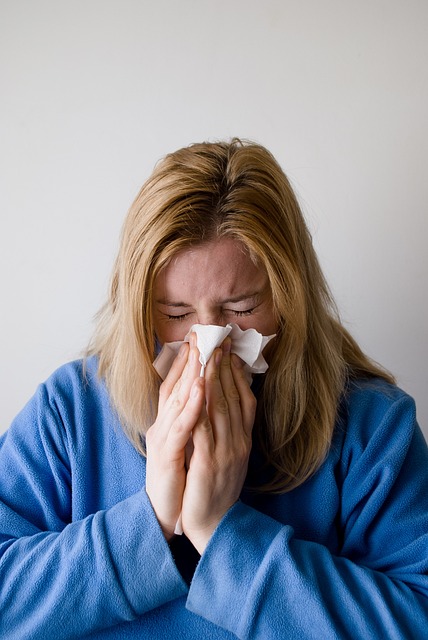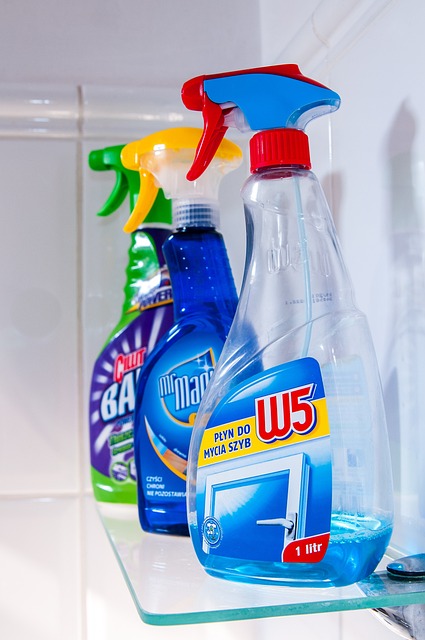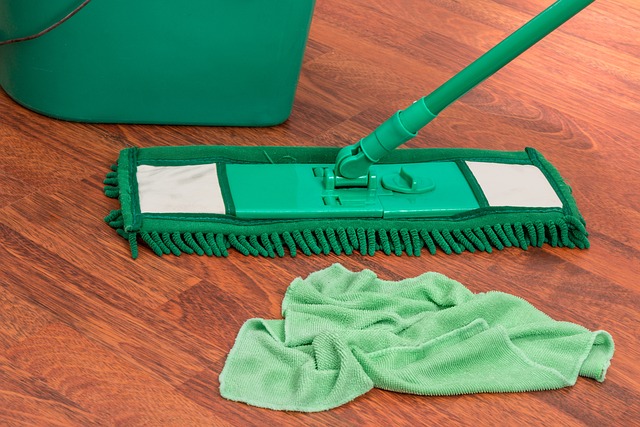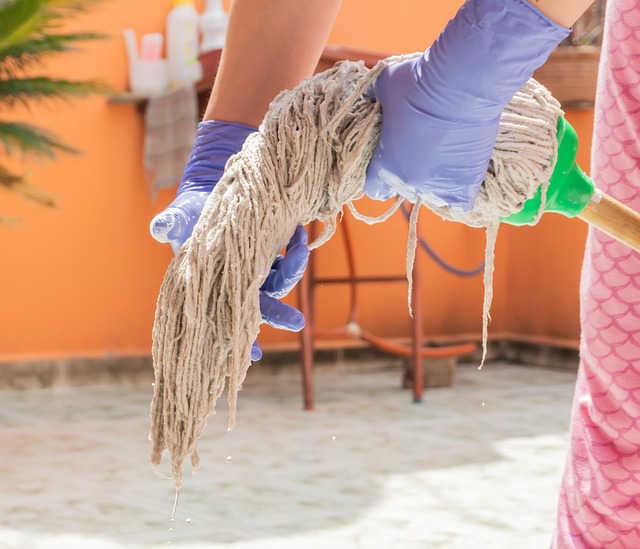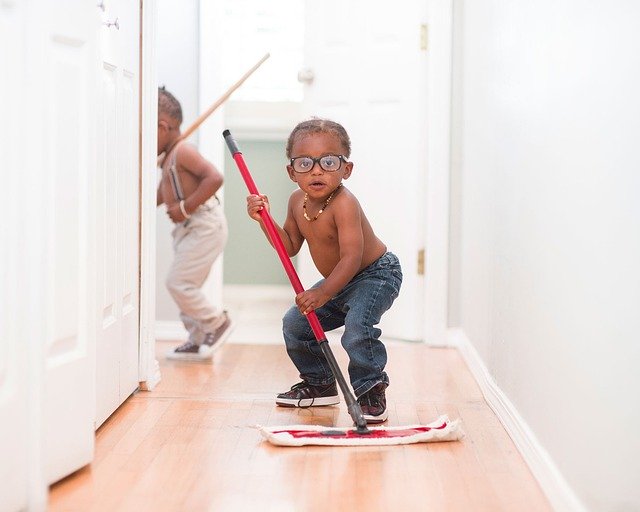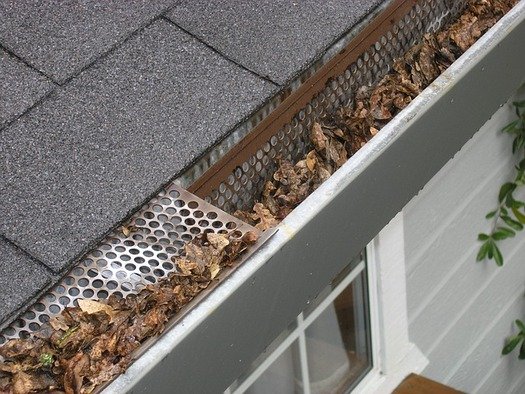Keeping a clean and allergen-free home is essential for individuals who suffer from allergies. Dust, pet dander, pollen, and other common allergens can trigger uncomfortable symptoms and make daily life a challenge. However, with the right cleaning strategies, you can create a healthy and comfortable environment that minimizes allergen exposure.
In this article, we will explore effective cleaning tips for people with allergies, so you can breathe easier and enjoy a more allergen-free home.
Identify Common Allergens in Your Home
Before diving into the cleaning process, it’s important to understand the common allergens that can be found in your home. By recognizing these culprits, you can prioritize your cleaning efforts accordingly and target the areas where allergens tend to accumulate. Some common indoor allergens include:
- Dust mites: These tiny creatures thrive in bedding, upholstered furniture, and carpeting.
- Pet dander: Shed skin cells from pets can trigger allergic reactions.
- Pollen: Pollen can make its way indoors through open windows and clothing.
- Mould: Damp areas like bathrooms and basements provide a breeding ground for mould spores.
Establish a Regular Cleaning Routine
Maintaining a regular cleaning routine is key to keeping allergens at bay. By implementing a systematic approach to cleaning, you can significantly reduce the presence of allergens in your home. Here are some tips to establish an effective cleaning routine:
- Set aside specific cleaning days: Designate certain days of the week for different cleaning tasks, ensuring that all areas are covered.
- Create a cleaning checklist: Make a checklist of the areas you need to clean, such as bedrooms, living spaces, kitchens, and bathrooms, to ensure you don’t miss anything.
- Use high-efficiency particulate air (HEPA) filters: Consider using HEPA filters in your vacuum cleaner and air purifiers. These filters can capture a significant amount of airborne allergens during the cleaning process.
Clean and Dust Properly
Dusting and cleaning surfaces properly can significantly reduce the allergen load in your home. Here are some effective techniques to consider:
- Use microfiber cloths: Microfiber cloths are excellent for trapping dust particles, unlike traditional feather dusters that often just disperse the dust back into the air.
- Dust from top to bottom: Start dusting higher surfaces first, such as shelves and ceiling fans, and work your way down to prevent dust from settling on already cleaned areas.
- Vacuum regularly: Invest in a vacuum cleaner with a HEPA filter and vacuum your floors, carpets, and upholstery at least once a week. This helps remove allergens like dust mites, pet dander, and pollen.
Minimize Clutter and Upholstery
Reducing clutter and minimizing upholstered items in your home can make a significant difference in managing allergies. Here’s what you can do:
- Declutter your space: Clutter tends to accumulate dust and make cleaning more challenging. Keep your home organized and free of unnecessary items that can trap allergens.
- Choose allergy-friendly furniture: Opt for furniture with leather or vinyl upholstery instead of fabric, as it is easier to clean and less likely to harbour allergens.
Pay Attention to Bedding and Fabrics
Your bedding and fabrics can be a haven for allergens if not properly maintained. Consider the following tips:
- Wash bedding regularly: Wash your sheets, pillowcases, and blankets in hot water (above 130°F) every one to two weeks to eliminate dust mites and remove allergens.
- Choose hypoallergenic bedding: Opt for hypoallergenic pillows and comforters made of materials that are less likely to trigger allergies, such as down alternative or synthetic fibres.
- Avoid heavy drapes and curtains: Heavy drapes and curtains tend to accumulate dust. Instead, choose washable blinds or shades that are easier to keep clean.
Keep Indoor Air Clean
Improving the air quality in your home is crucial for allergy sufferers. Here’s what you can do to keep the indoor air as clean as possible:
- Open windows strategically: Check the pollen forecast in your area and avoid opening windows during high-pollen days. Instead, rely on air conditioning or fans for ventilation.
- Clean air vents and filters: Regularly clean and replace the filters in your air conditioning and heating systems to ensure they are effectively trapping allergens.
- Invest in air purifiers: Consider using portable air purifiers with HEPA filters to capture allergens and improve the overall air quality in your home.
Take Precautions During Seasonal Changes
Allergy symptoms can worsen during certain seasons due to higher pollen counts or other environmental factors. Here are a few additional tips to keep in mind:
- Remove shoes and outerwear: Take off your shoes and outerwear when entering your home to prevent tracking in pollen and other outdoor allergens.
- Change clothes after being outside: Change into fresh clothes after spending time outdoors to avoid bringing allergens into your living spaces.
- Consider a shower before bed: Taking a shower before going to bed can help rinse off any allergens that may have accumulated on your skin and hair.
Conclusion
By implementing these cleaning tips for people with allergies, you can create a more comfortable and allergen-free home environment. Remember to establish a regular cleaning routine, target common allergens, and pay attention to dusting, upholstery, bedding, and indoor air quality. With a little extra effort and awareness, you can minimize allergen exposure and enjoy a healthier, symptom-free living space.





